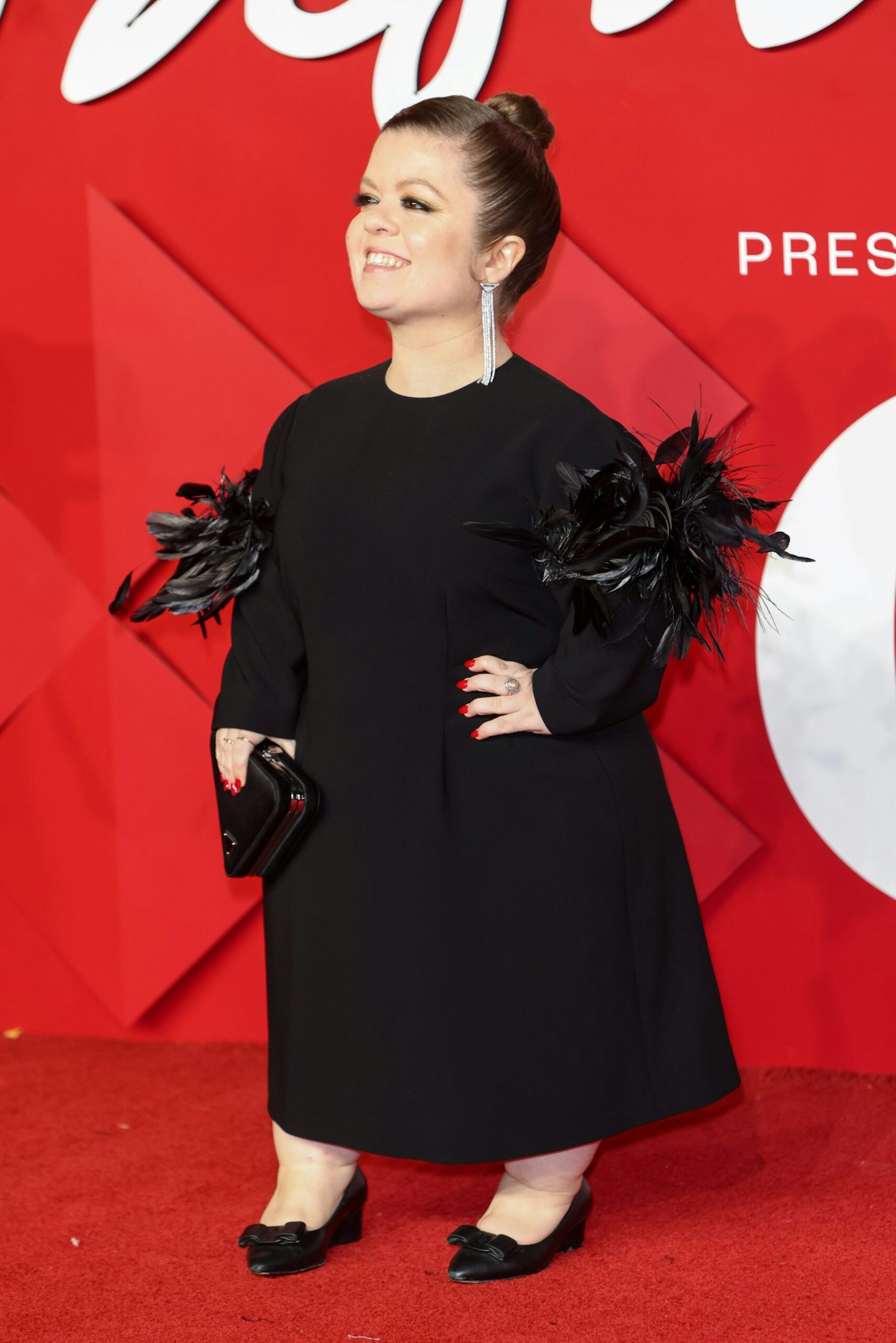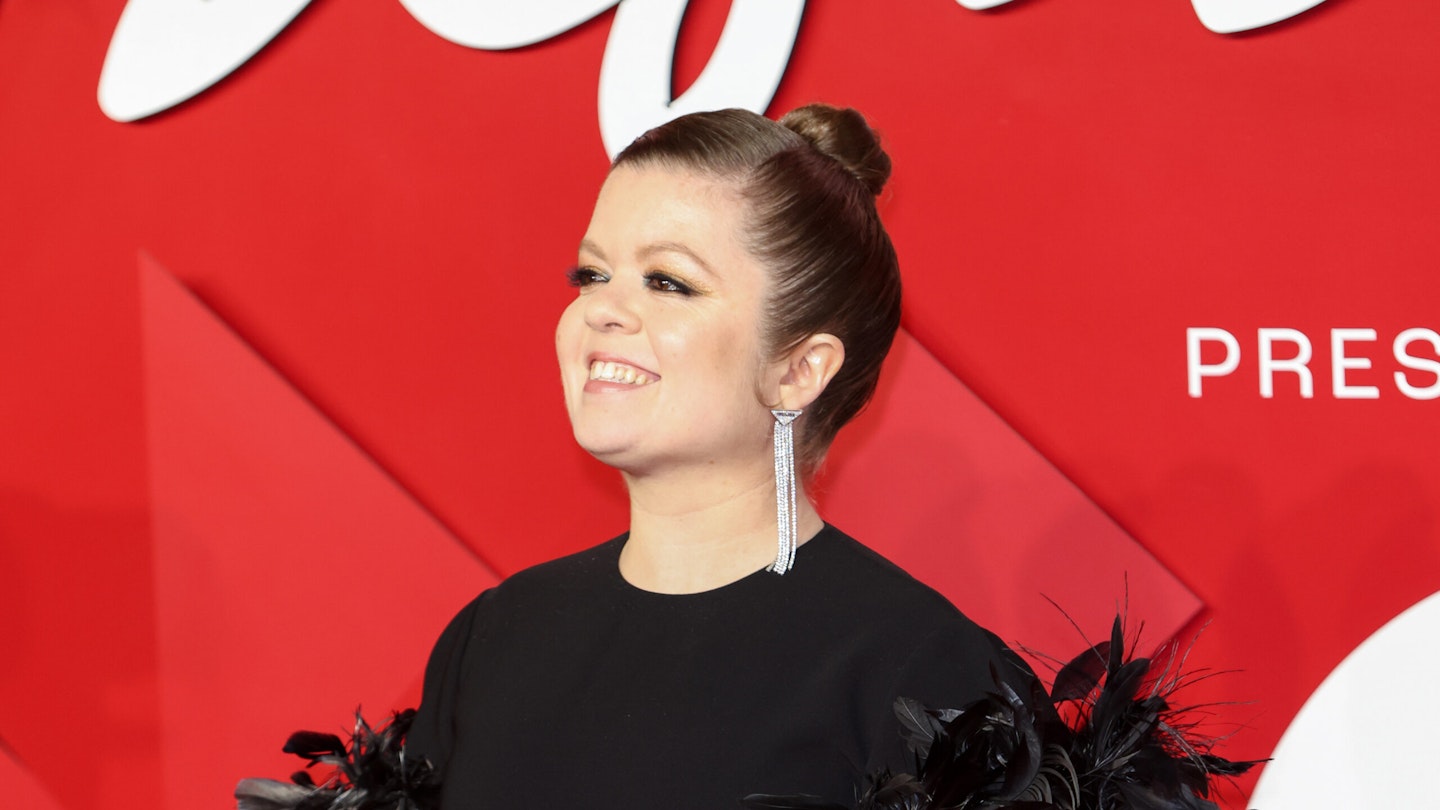The British Fashion Council (BFC) published its first DEI (diversity, equity and inclusion) Census of the UK fashion industry last month. The BFC promotes British fashion and supports the sector to export, grow and, by its own definition, innovate. The data showed that of the 1,529 survey participants, only 6% identified as disabled, with 94% identifying as non-disabled, or at least, not disabled right now. It’s a statistic that is out of sync with the UK population, which has 16 million disabled people; one in every six. So, why is fashion so under-populated with disabled people? Or do they not feel safe, comfortable or supported to acknowledge their disability?
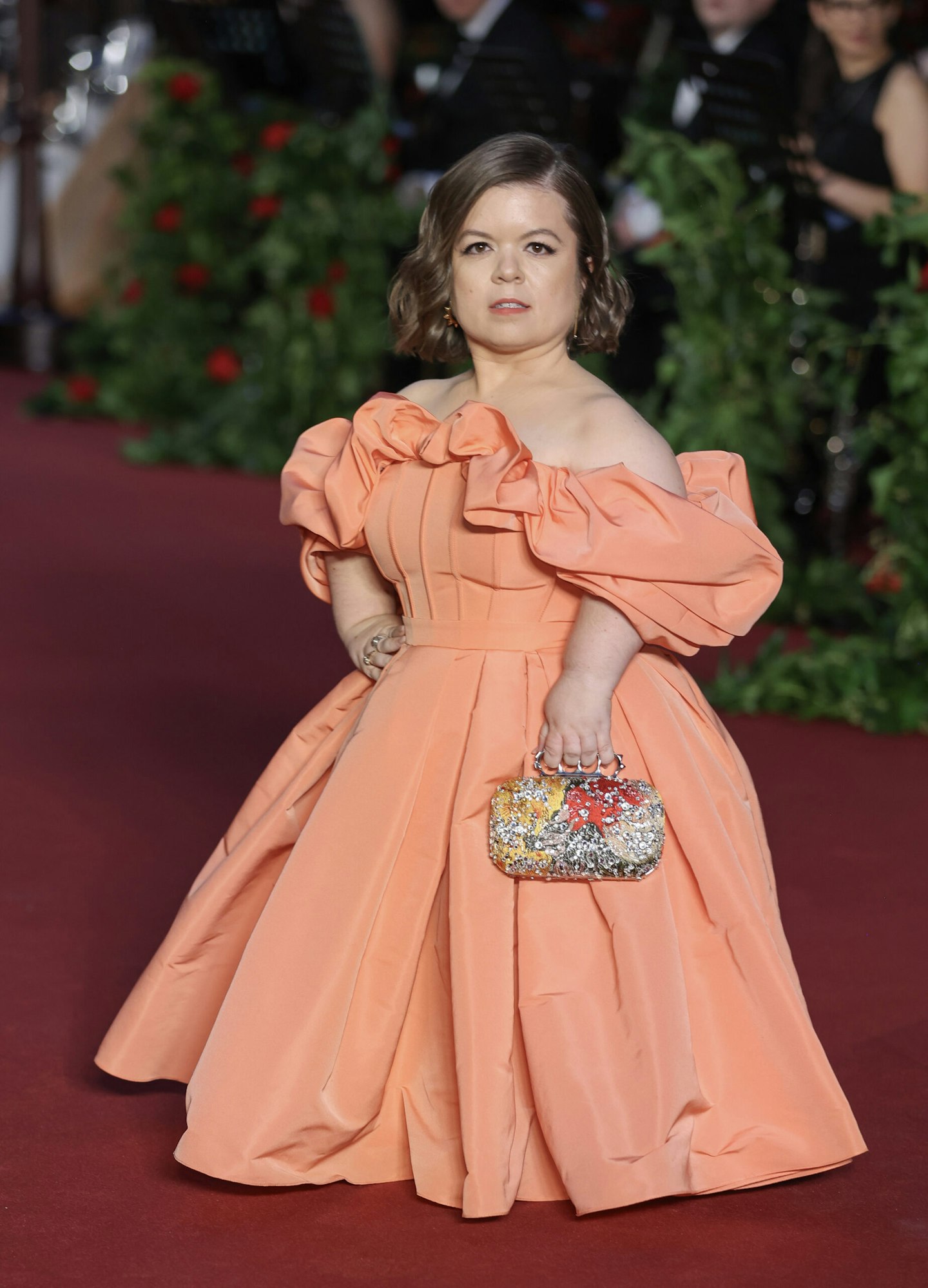
I began my career and advocacy through a blog. As a woman with a very visible disability, the fashion industry was alluring because of its urgent need to change. A decade ago, my vision for that change was rooted in the availability and affordability of accessible products, now known as adaptive fashion. I wanted consumers to have more choice about what they wore, how clothes lived on their skin, and the ease with which they could dress independently. This ambition is not merely for disabled people, but for us all. Think about how often we must contort ourselves to zip up a dress.
The original pattern was designed in an era where women had husbands or domestic support and yet, in a decade where progress has afforded our lives to become more autonomous, our wardrobes haven’t kept up.
There is good news, though. Disabled-led brands, such as Dewey, Unhidden and Liberare, create beautiful and functional garments that are accessible and imbued with personality. Recently, Primark also announced the launch of four adaptive items in its underwear category and Selma Blair created an adaptive line with QVC.
But product is merely one part of the system. Recently, my team and I created a programme with Parsons School of Design in New York, where in September, three disabled students will be fully funded to complete a degree in fashion design. The following year, another three students will enrol. It’s important to tackle fashion education because we need disabled designers in the room. Principles I hold dear are ‘nothing about us, without us’ and to ‘design with disabled people, not for disabled people’. The purpose of this guidance is to ensure that disabled people are at the heart of the innovations and conversations about them.
As someone who has been fortunate to be in places such as the Met Gala, front row at fashion week and on the cover of British Vogue – twice – I had to ask the question, ‘Did the fashion industry become more accessible, or did it become more accessible for me?’ I realised that to create systemic change required more than an individual, it demanded a collective.
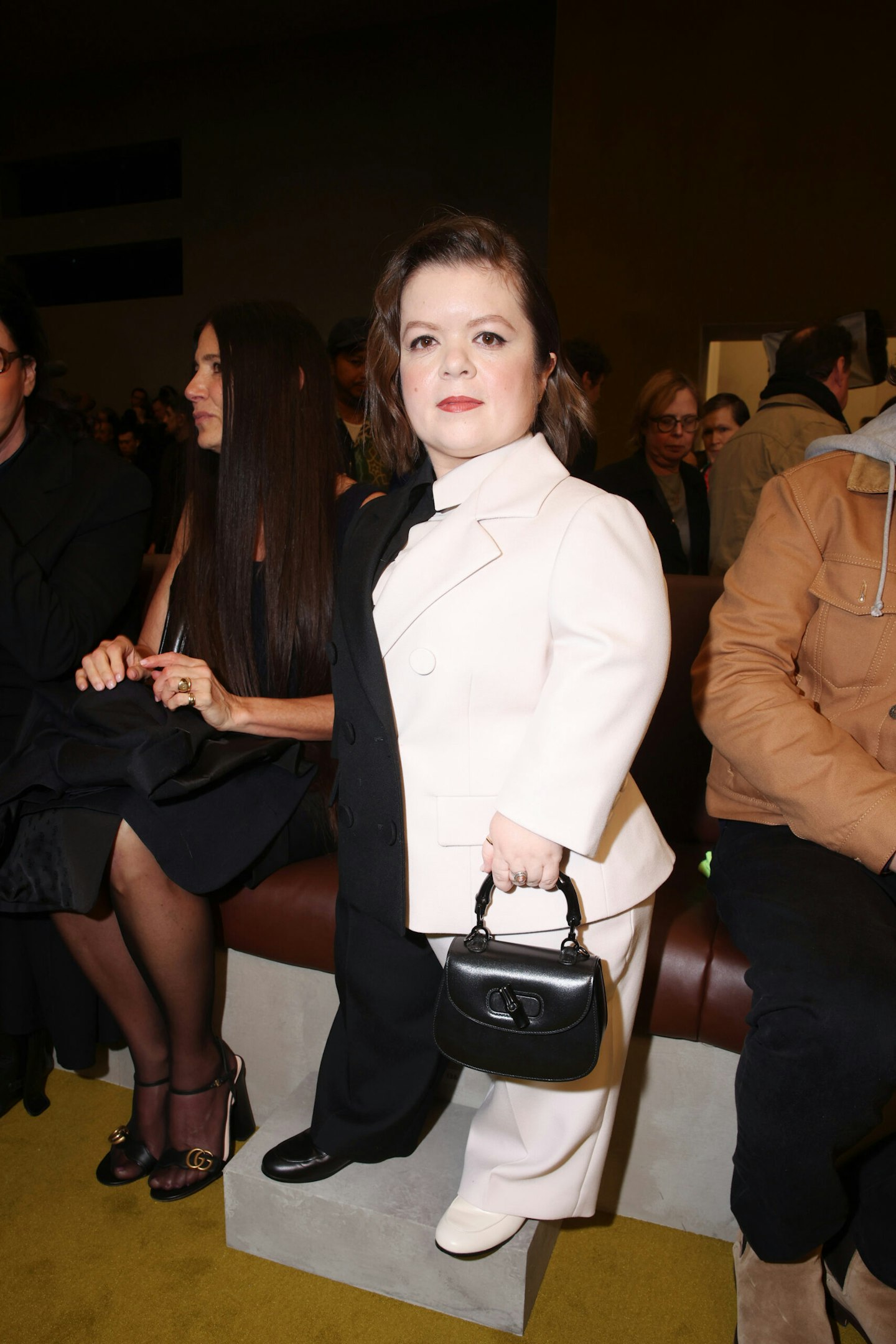
I founded Tilting the Lens under that ambition and now, with an all-disabled team across Belfast, Trim, Berlin, Glasgow and London, we want to continue to drive that change. But that change must be top-down, bottom-up, and one person at a time. Below are our ideas as to how we can achieve that. They aren’t only relevant to fashion. As you read them, think how you can apply them to your work or social life.
Address ableism
Ableism is the continued discrimination of disabled people and it happens in discreet and explicit ways. For example, do we believe that disability is beautiful, chic or stylish? Do we believe disabled people are capable, valuable to our business and have skills that will enhance our ways of working?
Educate on what disability can be
It’s likely we will each become disabled at some point in our lives – either permanently or temporarily: 70% of disabled people are not born with their disability. But often we don’t feel ‘disabled enough’ to self-identify. If someone has diabetes, cancer, epilepsy, Autism, ADHD or an eating disorder, we don’t always identify them as disabled. But we need to be careful that by not recognising these as disabilities we create a hierarchy and further stigmatise disability.
Budget for accessibility...
...and view it as an investment, not a cost. Whether you are designing a new store or office space or organising an event, accessibility must be a goal that is more than compliance or meeting minimum standards. Having inclusive design or accessibility consultants as part of the project will ensure a space supports guests, visitors, customers and colleagues to thrive. Maybe it’s the ability to customise the lighting, a quiet room to support people to breastfeed or desensitise, or a colour palette and signage that creates good way-finding.
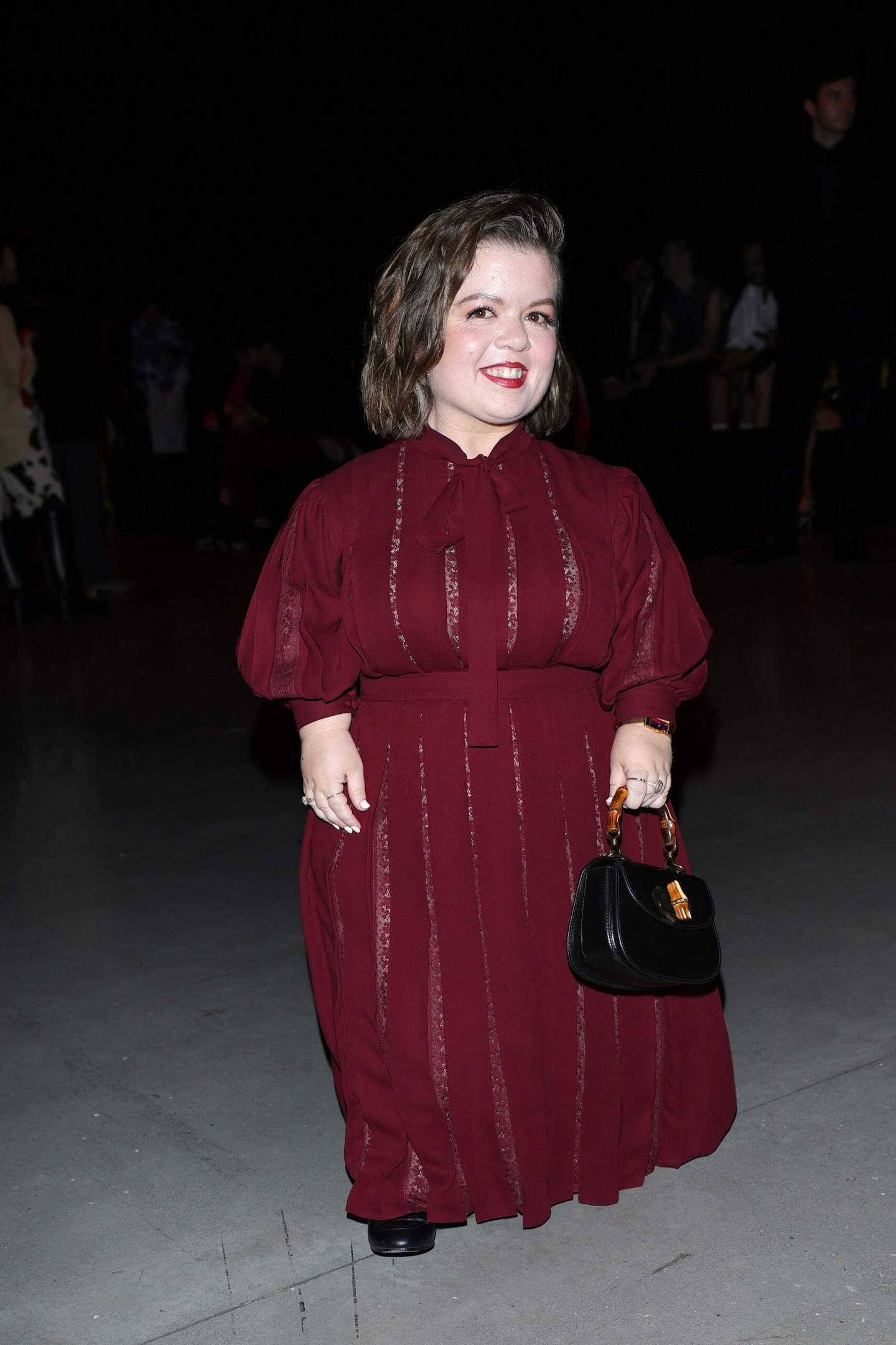
Hire, retain and promote disabled people
In the hiring process, we must challenge how we write job descriptions and
analyse CVs (particularly now that AI is increasingly involved – it too has ableist tendencies). When we ask that someone be an ‘excellent communicator’, be specific – do we mean written, oral or are we hoping that they speak multiple languages? Ask potential candidates if they require any reasonable accommodations at the earliest possible stage so that they can ask for breaks, a sign language interpreter, and receive the questions in advance of the interview. We want to hire the best candidates for the role, not just those who are good at stressful interviews!
So, where are we at? There has been significant progress made in the fashion industry and I am fortunate to be surrounded by a collective of disabled experts who are leading the charge. But there is so much more to do. If, currently, only 6% of the UK fashion industry are disabled, my goal is for that number to continuously increase – for people to feel valued and to be promoted, for disabled people to thrive in fashion. We can’t do this alone – how will you play your part?
